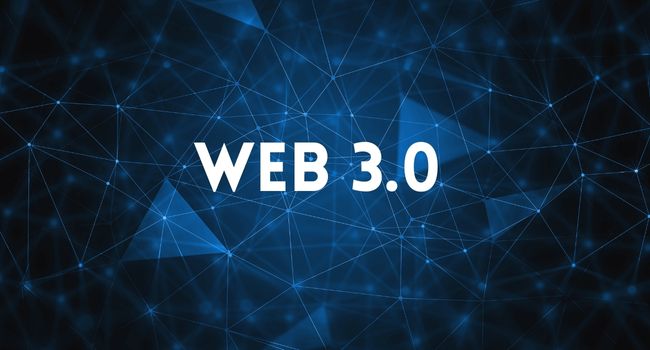Third-generation internet technology, known as Web 3.0 (also referred to as web3), allows users to access data in a more efficient, individualized manner through decentralized data storage.
Using artificial intelligence and machine learning, web3 developers construct your information safely and securely. It also uses the blockchain security system.
The most recent Internet technology, Web 3.0, uses blockchain, artificial intelligence, and machine learning to enable real-world human contact.
Additionally, users can control their data and get paid for their online time with web 3.0. Web 3.0 is characterized by decentralization, openness, and fantastic user usefulness.
Semantic webs analyze and comprehend context and notion in a material. Consequently, web 3.0 provides the most precise and pertinent result when a user looks for an answer.
Tech companies like Google, Facebook, and Microsoft are just a handful of the businesses now generating a tonne of money from user data. However, Web 3.0 will enable you to receive payment for your data and time:
Key Features of Web 3.0
- Decentralized: The governance and applications of Web 3.0 will be decentralized as opposed to the web’s previous two generations, which were heavily centralized. A distributed method without a centralized authority will enable applications and services.
- Blockchain-based: The web3 development of decentralized apps and services is made possible by blockchain. In contrast to centralized database architecture, blockchain uses a distributed way to disseminate data and connections across services.
The Technologies Used in Web 3.0:
1. The Semantic Web
A Semantic Web is essentially a web of data. Documents and data need to be structured according to web standards in order for the Semantic Web to succeed.
With data connected from multiple apps, consumers should be able to explore new use cases. You can discover what you were doing and listening to when you discover images and music in a calendar, for example.
2. 3D Interactive Web Technology
Three-dimensional design might revolutionize the user experience. The divide separating the real and virtual worlds might disappear thanks to e-commerce and geographical settings.
Virtual identity management systems, virtual location management systems, and web3 companies with 3D rendering capabilities are all examples of 3D interactive web technology.
Virtual identities have a strong chance of one-day surpassing email addresses and mobile devices in popularity.
Systems for managing virtual identities will assist in keeping track of user identities and avatars. Additionally, the virtual identity data may be disseminated across pertinent client applications to enable immersive 3D encounters in various online spaces.
Supporting this system would require virtual location management systems. These systems would employ techniques similar to DNS to give geographic information and the connections necessary to make it simpler to retrieve virtual identity data.
Because they include some characteristics that improve engagement, such as voice commands, visual searches, and 3D web views, hardware like Google Glass can improve the 3D experience.
3. Decentralized Technology
Decentralized technologies, such as peer-to-peer networks and blockchains, are currently being used to develop the new decentralized web.
There have been peer-to-peer networks since the 1990s, which allow computers to share data. In the Web 3.0 age, peer-to-peer networks will become increasingly significant.
Blockchain networks have been able to harness the potential of peer-to-peer networks despite their youth.
Decentralized networks are scaled among significant populations through the peer-to-peer technology of Web3 developer roadmap and blockchains. Cryptography and consensus algorithms are used to realize decentralized networks at scale.
Also Read:
